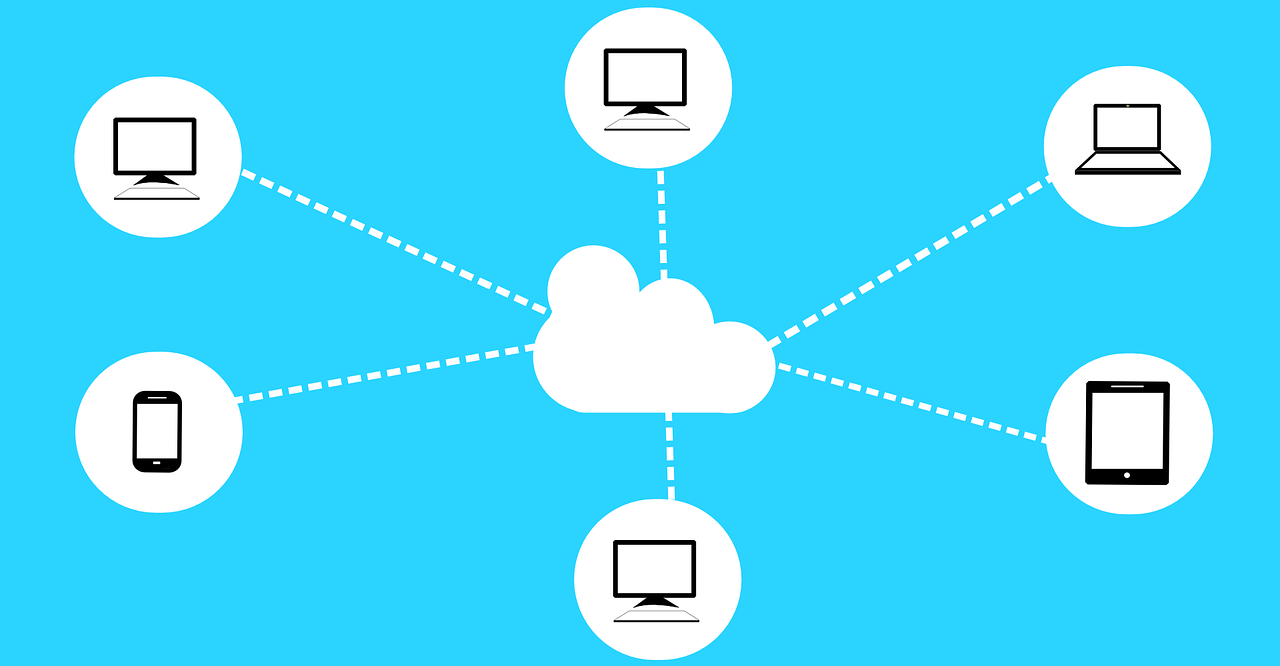Understanding Automated Cloud Backup
In today’s fast-paced digital world, professionals are constantly juggling multiple tasks and responsibilities. For many, the thought of data loss due to hardware failure, accidental deletion, or cyberattacks can be daunting. This is where automated cloud backup solutions come into play. They provide a stress-free way to ensure that your important files and data are securely stored without the need for constant manual intervention.
Why Choose Automated Cloud Backup?
Automated cloud backup services offer numerous benefits for busy professionals. Here are some key advantages:
- Convenience: With automated processes, users can set their backup schedules and forget about them. This means less time worrying about data security and more time focusing on work.
- Data Security: Cloud providers typically use advanced encryption methods to protect data both in transit and at rest, making it safer than traditional backup methods.
- Accessibility: Cloud backups can be accessed from anywhere, allowing professionals to retrieve their files on-the-go, whether they are in the office or working remotely.
- Cost-Effectiveness: Many cloud backup solutions offer scalable pricing plans, allowing users to pay only for the storage they need, which can be more economical than maintaining physical backup systems.
Key Features of Automated Cloud Backup Solutions
When considering an automated cloud backup solution, it’s essential to look for certain features that can enhance your user experience:
- Scheduling Options: The ability to set automatic backup times ensures that your data is consistently backed up without manual effort.
- Incremental Backups: Rather than backing up all files each time, incremental backups only save changes made since the last backup, saving time and storage space.
- Versioning: This feature allows users to restore previous versions of files, which can be crucial in the event of unintentional changes or deletions.
- Multi-Device Support: A good automated cloud backup solution should support backups from various devices, including PCs, tablets, and smartphones, ensuring comprehensive data protection.
Comparing Popular Automated Cloud Backup Solutions
To help busy professionals make informed decisions, here’s a comparison of some popular automated cloud backup solutions:
| Service | Storage Space | Price (Monthly) | Key Features |
|---|---|---|---|
| Backblaze | Unlimited | $7 | Continuous backup, file versioning, restore via USB |
| Carbonite | 100 GB - Unlimited | $6 - $24 | Automatic backups, remote file access, external drive backup |
| CrashPlan | Unlimited | $10 | File versioning, multiple device support, continuous backup |
| Google Drive | 15 GB (Free) - 2 TB | $1.99 - $9.99 | File sharing, collaboration features, integration with Google Workspace |
Best Practices for Using Automated Cloud Backup
To maximize the effectiveness of your automated cloud backup solution, consider the following best practices:
- Regularly Review Backup Settings: Ensure that your backup settings align with your changing needs. Regularly check to confirm that all important files are included in the backup.
- Test Restore Processes: Conduct periodic tests to ensure you can successfully restore files from your backups. This will give you peace of mind in case you ever need to recover data.
- Combine with Local Backups: While cloud backups are reliable, having a local backup as a secondary measure can provide an extra layer of security.
- Keep Software Updated: Make sure that your backup software is updated regularly to take advantage of new features and security enhancements.
Conclusion
For busy professionals, an automated cloud backup solution is an invaluable tool that not only secures important data but also saves time and reduces stress. By understanding the features, comparing options, and following best practices, you can ensure that your data is safe and accessible whenever you need it. With the right solution in place, you can truly set it and forget it, allowing you to focus on what matters most—your work and productivity.


